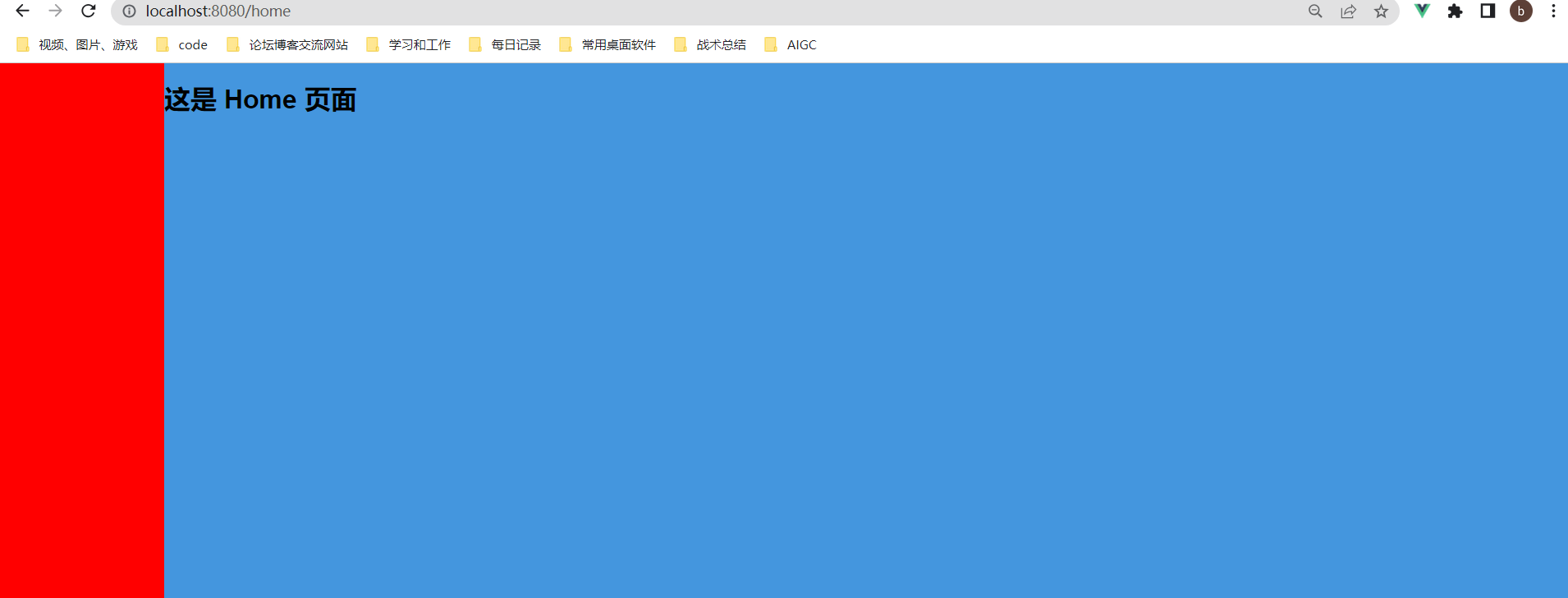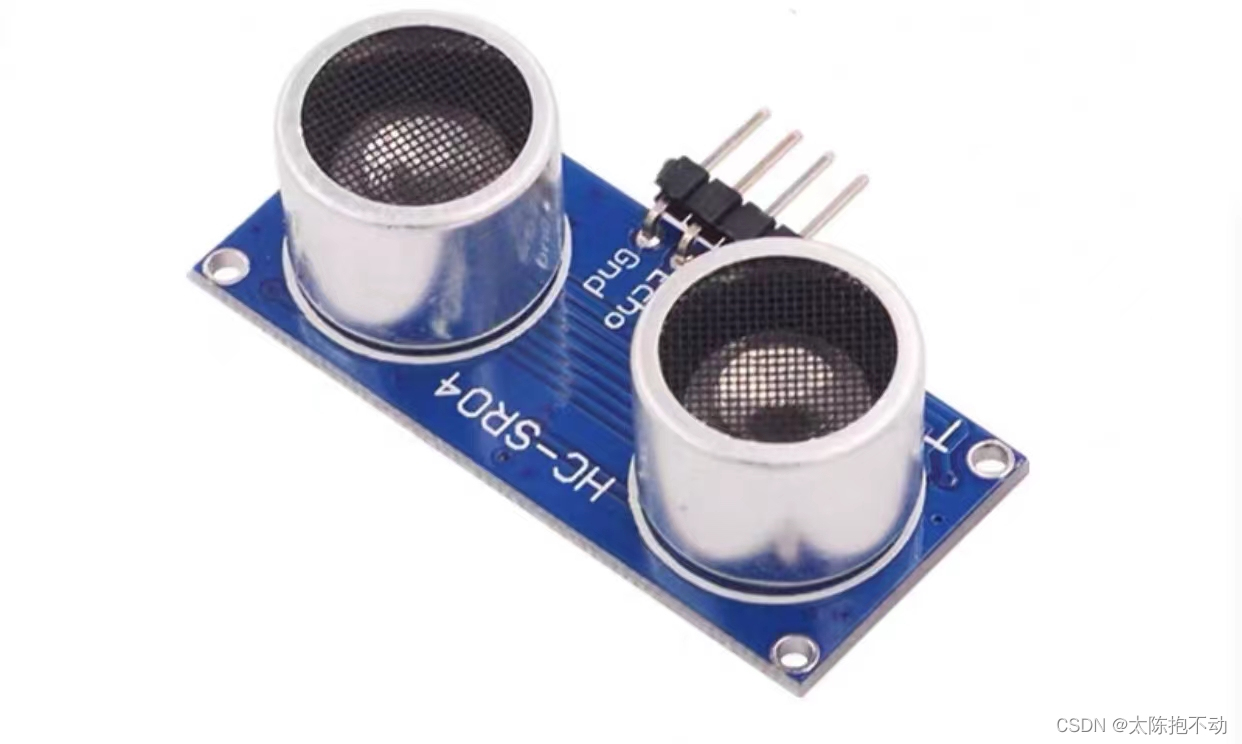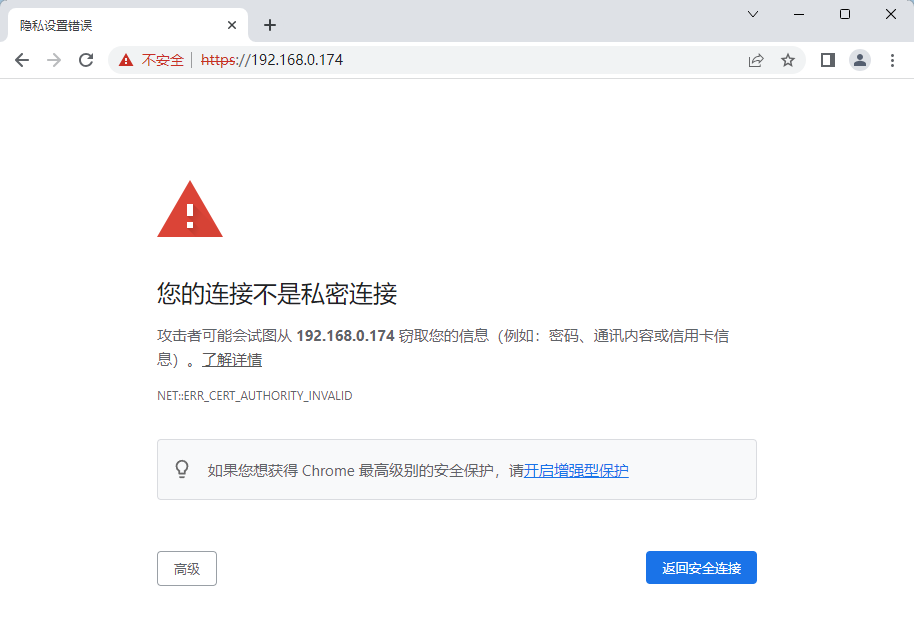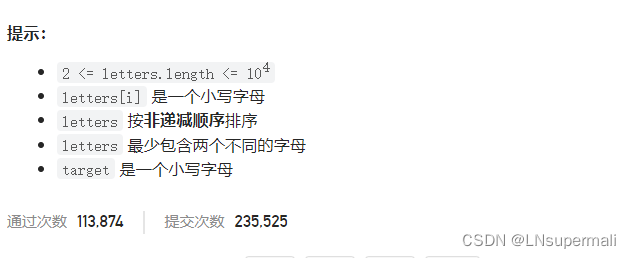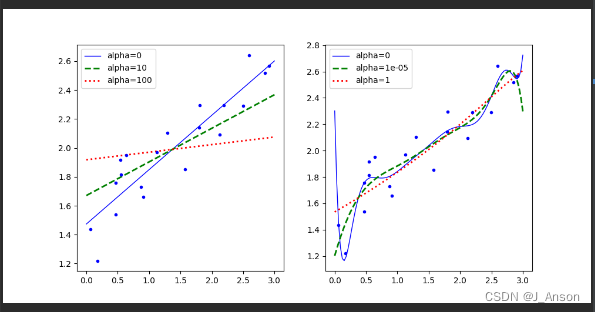目录
一、基础概念
1、标签语言的形式或结构
2、分类
二、自定义标签的开发及步骤
三、标签生命周期
1、返回值
四、案例
1、if
2、out
一、基础概念
JSP自定义标签是一种扩展JSP标记语言的方法。通过自定义标签,我们可以将自定义功能封装在一个独立的标签中,以供重复使用。
自定义标签通常由两个部分组成:标签处理器(Tag Handler)和标签库描述文件(Tag Library Descriptor)。标签处理器负责解析自定义标签,并在页面中生成相应的HTML输出;而标签库描述文件则提供了自定义标签的元数据信息,包括标签名称、属性、使用方式等。
对于标签处理器,通常有两种实现方式:标签文件和标签类。标签文件是一个以“.tag”结尾的文件,其中包含了标签处理器的Java代码。而标签类则是一个Java类,实现了javax.servlet.jsp.tagext.Tag接口或其子接口,重写了相应的方法来实现标签的处理逻辑。
标签库描述文件通常是一个XML文件,描述了所定义的自定义标签的属性、使用方法和标签处理器的类路径等信息。标签库描述文件必须被放置在WEB-INF目录下的“tld”子目录中,并在JSP页面的“<%@ taglib %>”指令中声明。
自定义标签是JSP技术的一个重要组成部分,可以帮助开发人员更加方便地构建JSP页面,提高代码复用性和可维护性。
1、标签语言的形式或结构
<开始标签 属性="属性值">标签体</结束标签>代码示例:
<%@ page language="java" contentType="text/html; charset=UTF-8"
pageEncoding="UTF-8"%>
<%@taglib uri="http://java.sun.com/jsp/jstl/core" prefix="c"%>
<!DOCTYPE html PUBLIC "-//W3C//DTD HTML 4.01 Transitional//EN" "http://www.w3.org/TR/html4/loose.dtd">
<html>
<head>
<meta http-equiv="Content-Type" content="text/html; charset=UTF-8">
<title>Demo01</title>
</head>
<body>
<!--
标签结构:
开始标签
标签体
结束标签
标签的分类:
空标签
控制标签
数据标签
UI标签:没有标签体也能在网页中输出内容
通过点击c:if标签,可以跳转到c.tld文件中,而tld文件就是标签库的定义配置文件
-->
<c:if test="true">true</c:if>
<c:if test="false">false</c:if>
<c:set var="name" value="zs"></c:set>
<c:out value="${name }"></c:out>
</body>
</html>输出结果:

2、分类
| 空标签 | 如:br、hr |
| 控制标签 | 如:if、foreach |
| 数据标签 | 如:out标签 |
| UI标签 | 如:input、table |
二、自定义标签的开发及步骤
- 自定义标签库与tld文件相关
- 标签库中的标签与tld中的tag元素有关
步骤:
- 必须要编写助手类并继承(BodyTagSupport)
- 编写标签库描述文件(tld):必须保存到WEB-INF目录或者其子目录
- JSP通过taglib 指令导入标签库
我们实现一个自己写的一个tld文件
<?xml version="1.0" encoding="UTF-8" ?>
<taglib xmlns="http://java.sun.com/xml/ns/j2ee"
xmlns:xsi="http://www.w3.org/2001/XMLSchema-instance"
xsi:schemaLocation="http://java.sun.com/xml/ns/j2ee http://java.sun.com/xml/ns/j2ee/web-jsptaglibrary_2_0.xsd"
version="2.0">
<description>JSTL 1.1 core library</description>
<display-name>JSTL core</display-name>
<tlib-version>1.1</tlib-version>
<!-- 一个名字 -->
<short-name>t</short-name>
<!-- 路径 -->
<uri>http://jsp.tgq.cn</uri>
<tag>
<!-- 标签库名 -->
<name>demo1</name>
<!-- 对应的助手类 -->
<tag-class>com.tgq.jsp01.DemoTag01</tag-class>
<!-- 代表JSP标签 -->
<body-content>JSP</body-content>
<!-- <attribute>
自定义JSP标签的属性名称
<name>var</name>
该属性是否必填
<required>false</required>
该属性值是否支持表达式
<rtexprvalue>false</rtexprvalue>
</attribute> -->
</tag>
</taglib>助手类
package com.tgq.jsp01;
import javax.servlet.jsp.JspException;
import javax.servlet.jsp.tagext.BodyTagSupport;
/**
* 助手类 必须继承bodytagSupport
*
* @author tgq
*
*/
public class DemoTag01 extends BodyTagSupport {
// 重写doStartTag方法
@Override
public int doStartTag() throws JspException {
System.out.println("======doStartTag========");
return super.doStartTag();
}
// 重写doAfterBody方法
// 标签体
@Override
public int doAfterBody() throws JspException {
System.out.println("======doAfterBody========");
return super.doAfterBody();
}
@Override
public int doEndTag() throws JspException {
System.out.println("=======doEndTag=======");
return super.doEndTag();
}
}
JSP代码测试
<%@ page language="java" contentType="text/html; charset=UTF-8"
pageEncoding="UTF-8"%>
<%@taglib uri="http://jsp.tgq.cn" prefix="t"%>
<!DOCTYPE html PUBLIC "-//W3C//DTD HTML 4.01 Transitional//EN" "http://www.w3.org/TR/html4/loose.dtd">
<html>
<head>
<meta http-equiv="Content-Type" content="text/html; charset=UTF-8">
<title>Demo03</title>
</head>
<body>
<!-- 自定义标签开发及使用步骤 -->
<t:demo1>zxcv</t:demo1>
</body>
</html>输出结果:
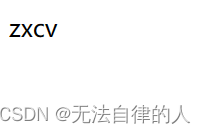
三、标签生命周期
1、返回值
我们常用的几个返回值:
- SKIP_BODY:跳过主体
- EVAL_BODY_INCLUDE:计算标签主体内容并输出
- EVAL_BODY_AGAIN:再计算主体一次
- EVAL_PAGE:计算页面的后续部分
- SKIP_PAGE:跳过页面的后续部分
JSP代码:
<%@ page language="java" contentType="text/html; charset=UTF-8"
pageEncoding="UTF-8"%>
<%@taglib uri="http://jsp.tgq.cn" prefix="t"%>
<!DOCTYPE html PUBLIC "-//W3C//DTD HTML 4.01 Transitional//EN" "http://www.w3.org/TR/html4/loose.dtd">
<html>
<head>
<meta http-equiv="Content-Type" content="text/html; charset=UTF-8">
<title>Demo03</title>
</head>
<body>
<!-- 自定义标签开发及使用步骤 -->
<!--
jsp标签的生命周期
1、有标签体的情况下,默认会调用助手类的doStartTag、doAfterBody、doEndTag
2、如果将doStartTag返回值改为SKIP_BODY,doAfterBody不会调用执行(路线1)
3、如果将doStartTag返回值改为EVAL_BODY_INCLUDE,那么就会执行(路线2)
4、如果将doAfterBody返回值改为EVAL_BODY_AGAIN,会一直调用doAfterBody方法进入循环(路线3)
-->
<t:demo1>zxcv</t:demo1>
<!-- 如果不想显示这段只要将 doEndTag的返回值 改为SKIP_PAGE-->
rtyu
</body>
</html>输出代码我就不演示了我直接给大家看一下助手类的代码,自己进行测试
package com.tgq.jsp01;
import javax.servlet.jsp.JspException;
import javax.servlet.jsp.tagext.BodyTagSupport;
/**
* 助手类 必须继承bodytagSupport
*
* @author tgq
*
*/
public class DemoTag01 extends BodyTagSupport {
// 重写doStartTag方法
@Override
public int doStartTag() throws JspException {
System.out.println("======doStartTag========");
// 如果想标签体有东西有又不显示就使用:跳过这个标签体
// return SKIP_BODY;
return EVAL_BODY_INCLUDE;
// return super.doStartTag();
}
// 重写doAfterBody方法
// 标签体
@Override
public int doAfterBody() throws JspException {
System.out.println("======doAfterBody========");
return super.doAfterBody();
// return EVAL_BODY_AGAIN;
}
@Override
public int doEndTag() throws JspException {
System.out.println("=======doEndTag=======");
// return super.doEndTag();
return SKIP_PAGE;
}
}
四、案例
1、if
助手类:
package com.tgq.jsp01;
import javax.servlet.jsp.JspException;
import javax.servlet.jsp.tagext.BodyTagSupport;
/**
* if标签
* 需要获取到的是满足条件的结果值,那么改标签就有一个属性,属性值是boolean
*
* @author tgq
*
*/
public class IfTag extends BodyTagSupport {
private boolean test;
public boolean isTest() {
return test;
}
public void setTest(boolean test) {
this.test = test;
}
@Override
public int doStartTag() throws JspException {
// 如果满足条件,就打印标签体==》 doStartTag的返回值EVAL_BODY_INCLUDE
// 不满足条件,就不输出标签体==》 doStartTag的返回值SKIP_BODY
return test ? EVAL_BODY_INCLUDE : SKIP_BODY;
}
}
tld文件内容:
<?xml version="1.0" encoding="UTF-8" ?>
<taglib xmlns="http://java.sun.com/xml/ns/j2ee"
xmlns:xsi="http://www.w3.org/2001/XMLSchema-instance"
xsi:schemaLocation="http://java.sun.com/xml/ns/j2ee http://java.sun.com/xml/ns/j2ee/web-jsptaglibrary_2_0.xsd"
version="2.0">
<description>JSTL 1.1 core library</description>
<display-name>JSTL core</display-name>
<tlib-version>1.1</tlib-version>
<!-- 一个名字 -->
<short-name>t</short-name>
<!-- 路径 -->
<uri>http://jsp.tgq.cn</uri>
<tag>
<!-- 标签库名 -->
<name>demo1</name>
<!-- 对应的助手类 -->
<tag-class>com.tgq.jsp01.DemoTag01</tag-class>
<!-- 代表JSP标签 -->
<body-content>JSP</body-content>
<!-- <attribute>
自定义JSP标签的属性名称
<name>var</name>
该属性是否必填
<required>false</required>
该属性值是否支持表达式
<rtexprvalue>false</rtexprvalue>
</attribute> -->
</tag>
<tag>
<name>if</name>
<tag-class>com.tgq.jsp01.IfTag</tag-class>
<body-content>JSP</body-content>
<attribute>
<name>test</name>
<required>true</required>
<rtexprvalue>true</rtexprvalue>
</attribute>
</tag>
</taglib>JSP页面:
<%@ page language="java" contentType="text/html; charset=UTF-8"
pageEncoding="UTF-8"%>
<%@taglib uri="http://jsp.tgq.cn" prefix="t"%>
<!DOCTYPE html PUBLIC "-//W3C//DTD HTML 4.01 Transitional//EN" "http://www.w3.org/TR/html4/loose.dtd">
<html>
<head>
<meta http-equiv="Content-Type" content="text/html; charset=UTF-8">
<title>IfDemo</title>
</head>
<body>
<t:if test="true">true</t:if>
<t:if test="false">false</t:if>
</body>
</html>输出结果:
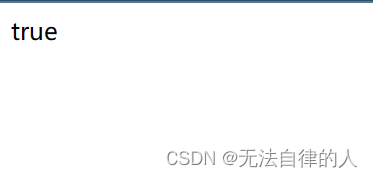
2、out
首先如果我们要输出结果的话是不是要设置一个Set的标签去存值然后进行一个输出。
剩下的基本都是源代码了,你们可以cv参考
tld
<?xml version="1.0" encoding="UTF-8" ?>
<taglib xmlns="http://java.sun.com/xml/ns/j2ee"
xmlns:xsi="http://www.w3.org/2001/XMLSchema-instance"
xsi:schemaLocation="http://java.sun.com/xml/ns/j2ee http://java.sun.com/xml/ns/j2ee/web-jsptaglibrary_2_0.xsd"
version="2.0">
<description>JSTL 1.1 core library</description>
<display-name>JSTL core</display-name>
<tlib-version>1.1</tlib-version>
<!-- 一个名字 -->
<short-name>t</short-name>
<!-- 路径 -->
<uri>http://jsp.tgq.cn</uri>
<tag>
<!-- 标签库名 -->
<name>demo1</name>
<!-- 对应的助手类 -->
<tag-class>com.tgq.jsp01.DemoTag01</tag-class>
<!-- 代表JSP标签 -->
<body-content>JSP</body-content>
<!-- <attribute>
自定义JSP标签的属性名称
<name>var</name>
该属性是否必填
<required>false</required>
该属性值是否支持表达式
<rtexprvalue>false</rtexprvalue>
</attribute> -->
</tag>
<tag>
<name>if</name>
<tag-class>com.tgq.jsp01.IfTag</tag-class>
<body-content>JSP</body-content>
<attribute>
<name>test</name>
<required>true</required>
<rtexprvalue>true</rtexprvalue>
</attribute>
</tag>
<tag>
<name>set</name>
<tag-class>com.tgq.jsp01.SetTag</tag-class>
<body-content>JSP</body-content>
<attribute>
<name>var</name>
<required>true</required>
<rtexprvalue>false</rtexprvalue>
</attribute>
<attribute>
<name>value</name>
<required>true</required>
<rtexprvalue>true</rtexprvalue>
</attribute>
</tag>
<tag>
<name>out</name>
<tag-class>com.tgq.jsp01.OutTag</tag-class>
<body-content>JSP</body-content>
<attribute>
<name>value</name>
<required>true</required>
<rtexprvalue>true</rtexprvalue>
</attribute>
</tag>
</taglib>
JSP页面:
<%@ page language="java" contentType="text/html; charset=UTF-8"
pageEncoding="UTF-8"%>
<%@taglib uri="http://jsp.tgq.cn" prefix="t"%>
<!DOCTYPE html PUBLIC "-//W3C//DTD HTML 4.01 Transitional//EN" "http://www.w3.org/TR/html4/loose.dtd">
<html>
<head>
<meta http-equiv="Content-Type" content="text/html; charset=UTF-8">
<title>IfDemo</title>
</head>
<body>
<t:set var="name" value="lsqwertyuiop"></t:set>
<t:out value="${name }"></t:out>
</body>
</html>set助手类:
package com.tgq.jsp01;
import javax.servlet.jsp.JspException;
import javax.servlet.jsp.tagext.BodyTagSupport;
/**
* 数据标签:存储数据
* 作用:pagecontext、request、session、application(servletContext)
*
*
* @author tgq
*
*/
public class SetTag extends BodyTagSupport {
private String var;
private Object value;
public String getVar() {
return var;
}
public void setVar(String var) {
this.var = var;
}
public Object getValue() {
return value;
}
public void setValue(Object value) {
this.value = value;
}
@Override
public int doStartTag() throws JspException {
// 要存储数据,以键值对的形式存储,分析得出该标签有两个属性
pageContext.setAttribute(var, value);
return super.doStartTag();
}
}
out助手类:
package com.tgq.jsp01;
import java.io.IOException;
import javax.servlet.jsp.JspException;
import javax.servlet.jsp.JspWriter;
import javax.servlet.jsp.tagext.BodyTagSupport;
/**
* 将数据输出到前台,首先拿到输出流
*
* @author tgq
*
*/
public class OutTag extends BodyTagSupport {
private Object value;
public Object getValue() {
return value;
}
public void setValue(Object value) {
this.value = value;
}
@Override
public int doStartTag() throws JspException {
JspWriter out = pageContext.getOut();
try {
out.print(value);
} catch (IOException e) {
// TODO Auto-generated catch block
e.printStackTrace();
}
return super.doStartTag();
}
}
希望对大家有用,感谢!!!

